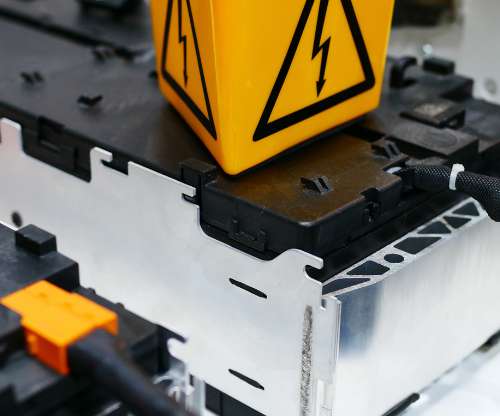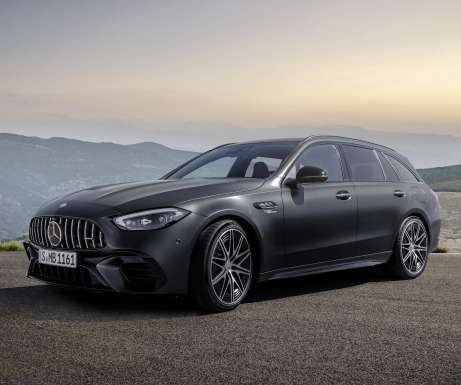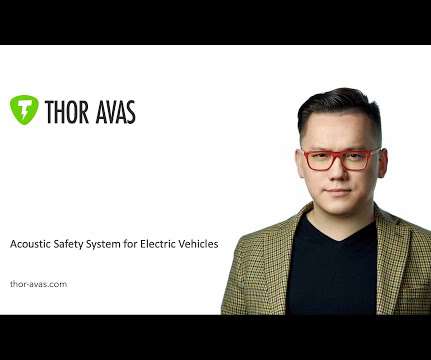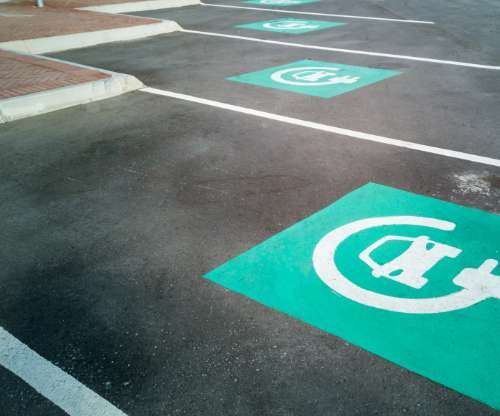EV myths busted: Are electric vehicles safer than gas-powered cars?
Drive Electric
SEPTEMBER 19, 2022
Issues like thermal runaway, electrocution, and reports of inextinguishable fires plagued the pioneering electric vehicles. Petrol and diesel vehicles both use internal combustion engines (ICEs). A battery electric vehicle (BEV) uses an electric motor instead of an internal combustion engine. In fact, EVs have just 25.1















Let's personalize your content